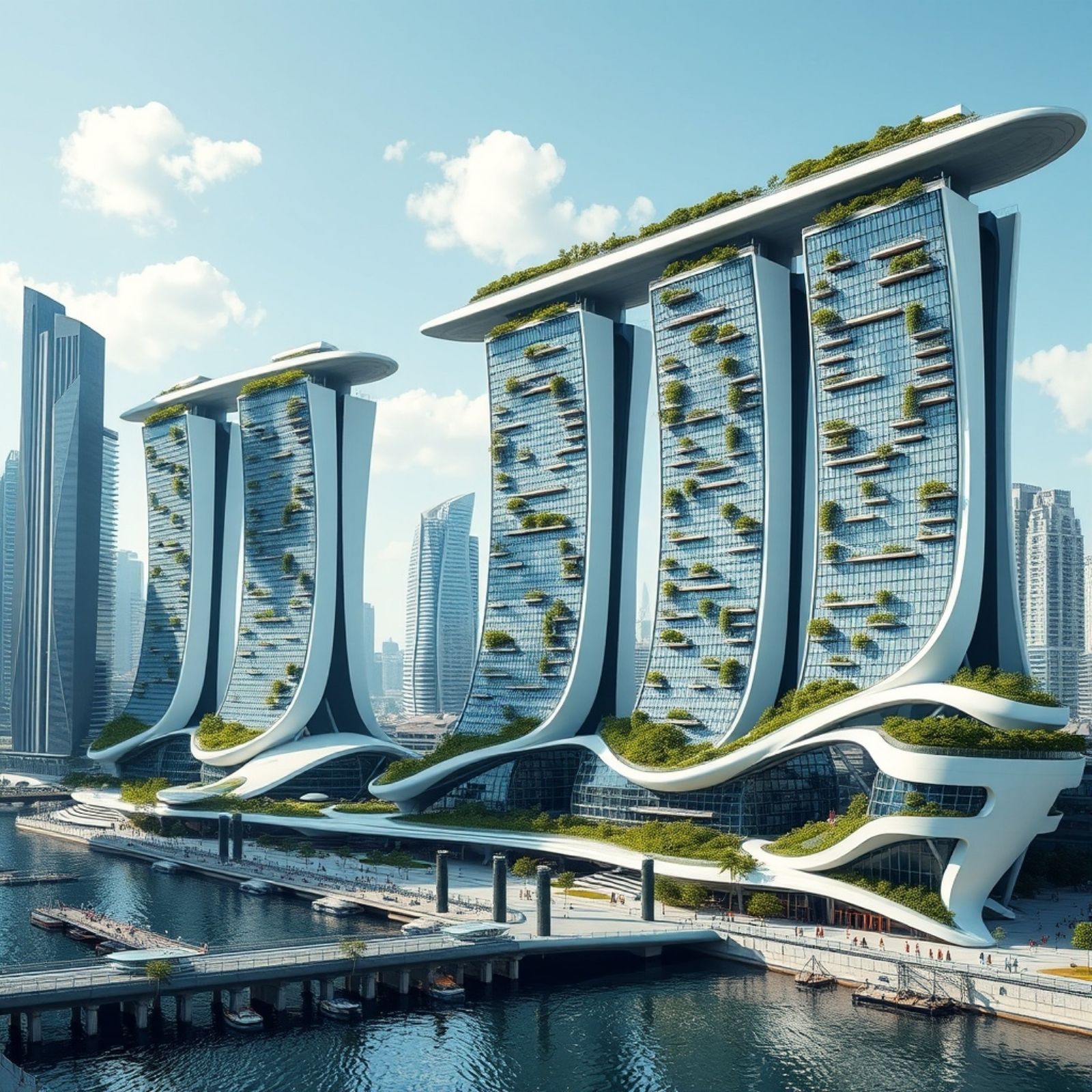

Introduction:
As cities grow increasingly vertical, the integration of nature within urban landscapes has never been more important. The latest trend in architecture, known as vertical gardens or green skyscrapers, merges sustainable design with modern technology, offering a glimpse into the future of urban living. These towering structures are not just homes or offices; they are ecosystems that aim to reduce carbon footprints, provide fresh air, and create healthier environments for urban dwellers.
1. What Are Vertical Urban Gardens?
Vertical urban gardens refer to the practice of incorporating living plant walls or gardens into the facades of tall buildings. These gardens are designed not only for aesthetic purposes but also for environmental benefits. By adding greenery to high-rise structures, architects can combat pollution, lower building temperatures, and promote biodiversity within cities.
Benefits of Vertical Gardens:
Enhances air quality by filtering pollutants
Provides insulation, reducing the need for artificial cooling
Absorbs rainwater, reducing urban Runoff
Creates a habitat for birds and insects
2. Sustainable Design in High-Rise Buildings
Sustainability is no longer an afterthought in modern architecture—it’s a necessity. The concept of vertical gardens fits perfectly into this new narrative, with many skyscrapers around the world adopting green facades to improve sustainability. This approach uses recycled water for plant irrigation, solar panels for energy, and innovative materials to minimize the environmental impact.
3. Case Studies: Iconic Green Skyscrapers Around the World
Cities like Singapore, Milan, and Tokyo have become pioneers of this architectural revolution, with buildings such as the Bosco Verticale in Milan and the Oasia Hotel in Singapore leading the way in urban greenery.
4. The Future of Eco-Friendly Skyscrapers
The future of architecture lies in harmonizing nature and technology. Vertical gardens are just the beginning of a movement that aims to make cities greener, smarter, and more sustainable.
5. Investment Opportunities in Green Architecture
Architects and developers investing in eco-friendly skyscrapers are ahead of the curve. By integrating vertical gardens and sustainable designs, they are not only increasing the aesthetic value of properties but also ensuring long-term environmental sustainability.
